How to learn fashion design online?
Fashion design is an industry built on creativity, technical skill, and an ever-evolving eye for style.
The popularity of online fashion education has soared, driven by leading universities and industry professionals offering professional-level training accessible via a laptop. You can now learn everything from detailed garment sketching and textile analysis to advanced digital fashion design resources and brand development, all while maintaining a flexible schedule.
This comprehensive guide will show you exactly how to learn fashion design online. We'll provide a structured roadmap for beginners, highlight the best online fashion design courses from top platforms, detail the essential tools for fashion designers, offer practical beginner fashion portfolio tips, and explore the exciting online fashion design career options available after completing your virtual education.
How Can You Learn Fashion Design Online Step by Step?
Learning fashion design online requires a structured, self-directed approach. While the digital classroom offers flexibility, your success depends on following a consistent roadmap. Here is a step-by-step plan for beginners:
1. Understand the Design and Terminology Basics
Before sketching a single garment, you need the language of fashion.
Learn Fashion Terminology: Familiarize yourself with industry terms related to silhouettes, construction (e.g., dart, gusset, bias), and historical periods.
Study Design Principles: Master the fundamentals of color theory, proportion, balance, movement, and texture. These are the building blocks of any successful collection.
Analyze Trends and History: Understand how fashion cycles work by studying historical periods and current market trends.
2. Study Garment Construction and Textiles
A beautiful sketch is useless without the knowledge of how to build it.
Fabric Knowledge: Learn about different textiles (e.g., knits vs. wovens, natural vs. synthetic), their drape, maintenance, and suitability for various garments.
Pattern-Making and Draping: Even if you don't sew initially, understand how flat patterns translate to 3D form, and how to use draping techniques to create shape directly on a mannequin (or virtually).
Basic Sewing Principles: Knowledge of sewing—even simple stitches and finishing techniques—is crucial for making design decisions that are feasible for production.
3. Learn Digital Tools and Software
Modern fashion relies heavily on technology.
Digital Sketching (CAD): Learn to create flat technical drawings (flats) and fashion illustrations using software like Adobe Illustrator or Procreate.
3D Design and Virtual Fitting: Explore programs like CLO 3D to create and simulate garments virtually.
This is becoming an industry standard for speed and sustainability.
4. Develop Your Own Style and Vision
Design is personal. Use your online journey to find your unique voice.
Experiment with Mood Boards: Create digital and physical boards to organize your inspiration (color, texture, art, culture) for a specific collection.
Concept Development: Practice translating abstract concepts or themes into tangible design elements and garment narratives.
5. Build Your Portfolio
Your portfolio is your resume. It must showcase your range, technical skills, and creative consistency.
Mini-Projects: Apply your skills by designing small collections (e.g., a five-piece capsule collection for a specific season or target demographic).
Showcase Process: Include not just the final design, but the technical drawings, color palettes, and inspiration boards that document your creative process.
The Golden Rule: Consistency and practice are the keys to success in learn fashion design online. Treat every course module like a mini-project and consistently apply what you learn through personal collections or challenges.
What Are the Best Online Courses for Fashion Design?
The digital sphere offers a wealth of high-quality best online fashion design courses, ranging from university-level credentials to skill-specific boot camps.
| Platform | Notable Courses | Focus | Skill Level | Cost |
| Coursera | Fashion as Design (MoMA), Fashion Management (Bocconi University) | History, aesthetics, business strategy | Beginner–Intermediate | Free (Audit) – $49/month (Certificate) |
| Udemy | Fashion Design for Beginners, Digital Fashion Illustration with Adobe Illustrator | Technical drawing, foundational skills, software training | Beginner–Intermediate | $15–$40 per course |
| Skillshare | Fashion Design Essentials, Building a Fashion Brand | Creative process, trend forecasting, brand development | Beginner–Intermediate | Subscription Model |
| Domestika | Pattern-Making and Sewing Techniques, Sustainable Fashion Design | Hands-on, practical skills, craft-focused | Beginner | $20–$50 per course |
| MasterClass | Marc Jacobs Teaches Fashion Design | Creative philosophy, process, and industry insights | All Levels | $180/year (Subscription) |
For the Complete Beginner: Start with Udemy's foundational courses or Coursera's free-to-audit programs like Fashion as Design to grasp history and concepts without upfront financial commitment.
For Skill Specifics: Domestika and Udemy excel in highly specific, practical skills, like mastering a single software or a specific sewing technique.
For Aspiring Professionals: Skillshare provides excellent courses on brand building and professional soft skills, complementing the technical knowledge gained elsewhere. The MasterClass is superb for creative inspiration and high-level strategy from an industry legend.
What Tools and Software Do Fashion Designers Use?
Mastering the tools for fashion designers is critical for connecting creativity with modern manufacturing demands. These digital design resources will define your efficiency and the professional quality of your portfolio.
1. Digital Sketching and 2D Design
These programs are the industry standard for creating professional fashion sketches, technical flats, and marketing materials.
Adobe Illustrator: Essential for creating clean, vector-based technical drawings (flats), pattern layouts, and graphic design elements for fabric prints.
Adobe Photoshop: Crucial for rendering fabrics and textures onto sketches, creating compelling mood boards, and image manipulation for presentation.
Procreate / Autodesk Sketchbook: Excellent, intuitive programs for creative concept art, rapid ideation, and digital illustration on a tablet.
2. 3D Garment Simulation
The future of fashion relies on 3D design to reduce sampling waste and speed up the design process.
CLO 3D / Browzwear: These are the leading programs for digital fashion design resources. They allow you to virtually fit patterns onto avatars, simulate fabric drape, and create high-quality, realistic renderings of garments before they are ever physically made.
3. Hardware and Inspiration
To use the software effectively, consider these hardware and organizational tools:
Digital Tablets: A Wacom tablet or an iPad Pro with Apple Pencil is indispensable for precise sketching and illustration directly into your design software.
Project Management/Inspiration:Pinterest and Milanote are essential for curating visual inspiration and organizing your design concepts and mood boards for each project.
Canva: Useful for creating professional-looking PDF presentations of your portfolio and line sheets.
Pro-Tip: Focus on mastering Adobe Illustrator first. It is the most universally required technical drawing skill in the fashion industry.
How Can You Build a Fashion Portfolio as a Beginner?
Your portfolio is the single most important document in your fashion career. As an online fashion design learner, you must ensure your portfolio showcases the same quality and rigor as work from traditional schools.
What Your Fashion Portfolio Must Include:
Digital Sketches and Flats: Technical drawings created in Illustrator that clearly communicate construction details to a pattern maker or factory.
Collection Concepts: Show 2-3 mini-collections (5-8 looks each) with a clear theme, target audience, and cohesive color story.
Inspiration/Mood Boards: The visual story behind your collection, showing research, color palettes, and fabric swatches (digital renders of textures are fine).
Process Work: Include initial sketches, pattern notes (if you learned them), and photos of prototypes if you made them.
Creative Philosophy: A short designer statement articulating your unique style, values (e.g., sustainability, innovation), and vision.
Practical Beginner Fashion Portfolio Tips:
Focus on Quality Over Quantity: It’s better to have two flawless, fully-developed collections than ten incomplete, rushed ideas. Show your best work only.
Use Professional Platforms: Utilize platforms like Behance, Adobe Portfolio (if you use Creative Cloud), or a dedicated, clean website to host your work.
Instagram can serve as a supplementary, more casual showcase. Show Range: Include projects that demonstrate your ability to design in different categories (e.g., sportswear, tailored separates, evening wear).
Leverage Online Feedback: Join design-focused communities (e.g., Reddit’s r/fashiondesign, specific Discord groups) to share your work and receive constructive criticism from peers and professionals.
Use this feedback loop to continuously refine your projects. Digital Credibility: Clearly label projects that were created using 3D garment simulation software, as this highlights a highly sought-after, modern skill.
What Are the Career Options After Learning Fashion Design Online?
The skills gained from online fashion design courses open a surprising range of career pathways, often favoring the digital fluency you've acquired. Remote and freelance opportunities are plentiful for designers with a strong digital portfolio.
Here are accessible online fashion design career options:
Fashion Designer (Freelance or In-House): With a strong portfolio, you can apply for design assistant roles or work independently, taking on project-based work for smaller brands or individual clients.
Fashion Illustrator or Technical Designer: If you master Illustrator, you can specialize in creating detailed flats and tech packs (instructional documents for factories) remotely for brands worldwide.
Textile Designer: Focus on creating original prints and patterns using Photoshop and Illustrator, selling your designs to apparel or home goods companies.
Fashion Stylist or Merchandiser (Digital Focus): Roles that focus on e-commerce, digital styling, visual merchandising for websites, or trend analysis.
Brand Strategist or Fashion Marketer: Leverage your design knowledge combined with brand courses (like those on Skillshare) to specialize in marketing fashion products.
Sustainable Fashion Entrepreneur: Use your online learning to launch your own small-batch label focused on ethical or sustainable practices, relying heavily on digital marketing and e-commerce.
Building Credibility: To transition from online learner to professional, focus on:
Online Collaborations: Partner with local photographers, stylists, or small businesses for portfolio-building projects.
Social Media Branding: Use platforms like Instagram and TikTok to clearly define and promote your unique design aesthetic and philosophy.
Micro-Internships/Apprenticeships: Seek short-term, remote, or virtual internships to gain real-world experience and professional mentorship.
FAQ Section:
Can I become a professional fashion designer through online courses?
Yes, you absolutely can. The fashion industry is shifting its focus from degrees to demonstrable skills and portfolio quality.
Do I need to know how to sew to start learning?
Not initially, but it is highly recommended. You can start by focusing on design concepts, sketching, and digital illustration. However, a fundamental understanding of sewing and pattern-making is crucial for knowing what is physically possible and cost-effective to produce. Online courses like those on Domestika can teach you the basics affordably.
What software is best for beginners?
The best starter software is Adobe Illustrator. It is the standard tool for creating technical flats, which are mandatory for communicating with factories. For creative concept art, Procreate (on iPad) or Autodesk Sketchbook are excellent and intuitive for digital sketching.
How long does it take to learn fashion design online?
It depends on your goal. You can master the foundational concepts (color theory, basic terminology) in 3–6 months of dedicated study. To build a professional-quality, hireable portfolio that showcases technical mastery and a cohesive vision, plan for 1.5 to 2 years of focused course work and project development.
Can I get a certificate or degree through online study?
Many platforms like Coursera offer professional certificates endorsed by the course provider (e.g., MoMA, Bocconi University).
Conclusion
The journey to learn fashion design online is a powerful testament to the accessibility of modern education. With dedication, creativity, and the immense variety of digital fashion design resources available, anyone can master the technical and artistic skills required for a successful career.
Online education empowers you to explore your personal style, experiment with cutting-edge digital design tools, and quickly pivot into specialized roles like textile design or technical illustration. By treating your online courses seriously, practicing consistently, and building a high-quality portfolio informed by industry standards, you are perfectly positioned to enter the global fashion industry.
The next great designer could begin their journey with just a laptop, a unique vision, and the right online course. Start your learning today, embrace the digital tools, and transform your creative ideas into a professional reality.
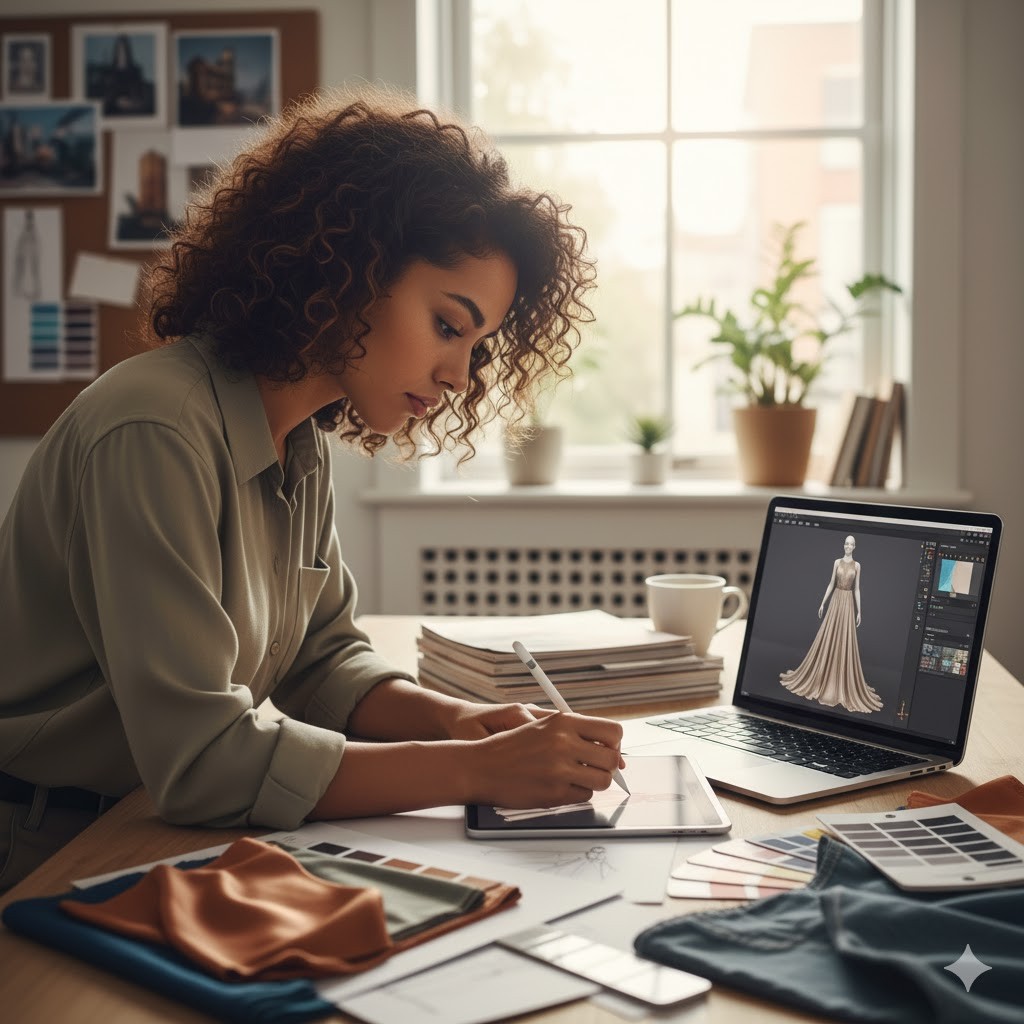


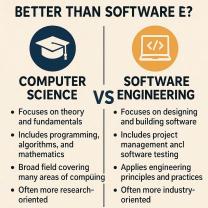


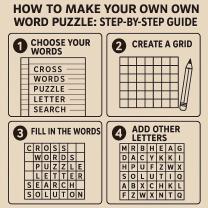

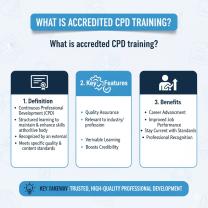

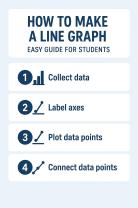



SustainableStitch
on October 11, 2025As an aspiring sustainable entrepreneur, the mention of courses on ethical design and the focus on starting a personal label really resonated. Online learning is the perfect incubator.